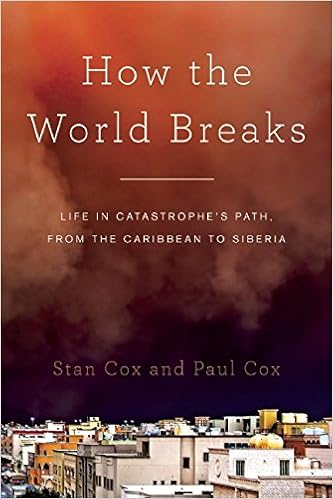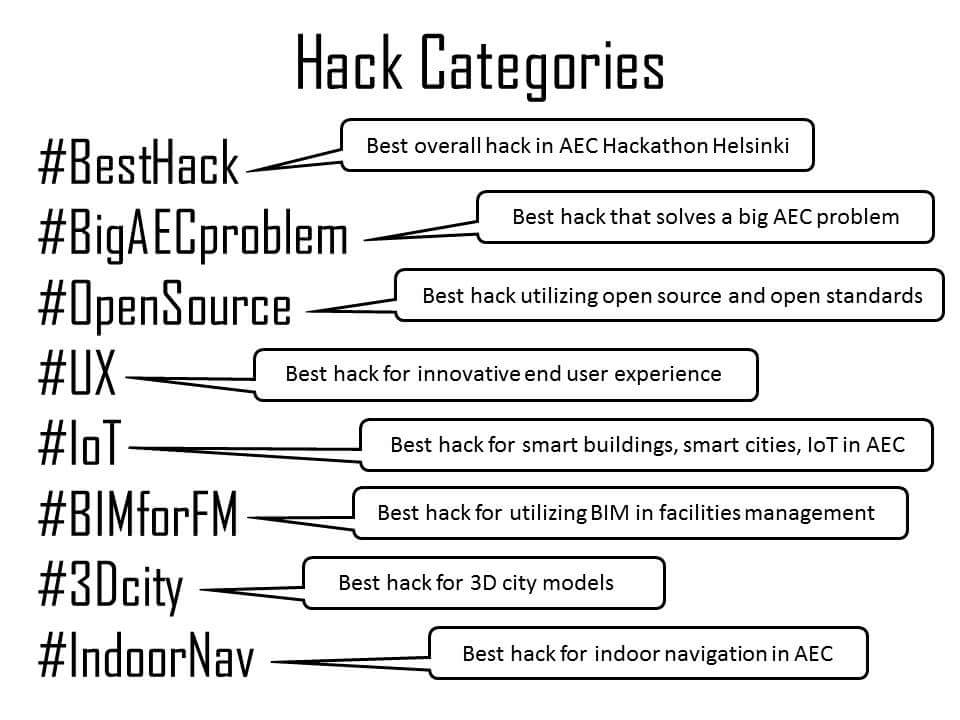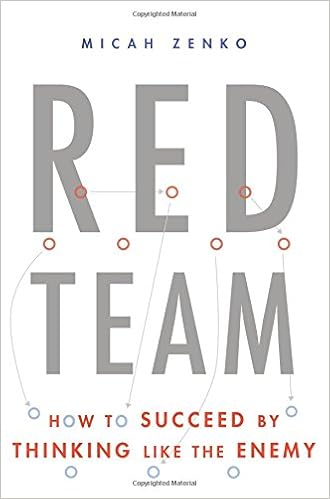Mapping America's Ongoing Fight Against Excess City Parking https://t.co/8C1H8PmhXy
— Dr.Steven D.Sanders (@DocEngineering) November 24, 2015
Tuesday, November 24, 2015
Black Friday Parking
Monday, November 23, 2015
What Is a Sponge City?
From Grist:
"China’s plan for spongifying its water systems is starting with 16 pilot cities, which will each receive up to 63 million dollars per year over three years for water-related initiatives. According to the Guardian, these projects will likely include developing ponds, filtration pools, and wetlands; building permeable roads and public spaces where rain can soak into the ground; and creating rooftop gardens."
"China’s plan for spongifying its water systems is starting with 16 pilot cities, which will each receive up to 63 million dollars per year over three years for water-related initiatives. According to the Guardian, these projects will likely include developing ponds, filtration pools, and wetlands; building permeable roads and public spaces where rain can soak into the ground; and creating rooftop gardens."
Sunday, November 22, 2015
Marketing and Hostage Negotiations
Interesting article - - from hooks, hot buttons, to active listening - - negotiating with bad guys is similar to marketing and client relationship management.
Word of the Week - Agrihood

From the New York Times:
"The neighborhood is called Agritopia, and it’s one of a growing number of so-called agrihoods, residential developments where a working farm is the central feature, in the same way that other communities may cluster around a golf course, pool or fitness center. The real estate bust in 2008 halted new construction, but with the recovery, developers are again breaking ground on farm-focused tracts. At least a dozen projects across the country are thriving, enlisting thousands of home buyers who crave access to open space, verdant fields and fresh food."
Saturday, November 21, 2015
OneTouchPM
A 3-D Tool for Integrated Program Management - Burns & McDonnell https://t.co/dwODGBLshr via @sharethis
— Dr.Steven D.Sanders (@DocEngineering) November 22, 2015
Good Example of Presenting Geographical Information
Inside Raqqa, the Capital of ISIS https://t.co/1wJG29hj26
— Dr.Steven D.Sanders (@DocEngineering) November 21, 2015
Friday, November 20, 2015
Thursday, November 19, 2015
One Concern - The Disaster Response Algorithm
Pleased to be highlighted in CityLab. https://t.co/toWwhgT9gi
— One Concern, Inc. (@oneconcerninc) November 19, 2015
Wednesday, November 18, 2015
Engineering From Mars to Manhattan
What NASA Can Teach Urban Planners https://t.co/0KlSqdOvOq
— Dr.Steven D.Sanders (@DocEngineering) November 19, 2015
Tuesday, November 17, 2015
Infrastructure Investing and the Decline of the White Male Working Class
All of the reasons for increasing our investment in public infrastructure are good. A new reason might be the increase of white working class mortality. From CityLab:
"Who cares what white, working-class Americans think? Obviously, it matters from a political perspective. But recall that this group has been making news for reasons other than its support of Trump.
A recent study found that, while death rates for virtually all other demographics are on the decline, death rates for white Americans age 45 to 54 and with a high-school education or less have risen by 22 percent since 1999. Suicides, drugs, and alcohol are believed to largely explain the increase, which may reflect bleak health and economic circumstances among this demographic.
Hopelessness, rage, a sense of lost opportunity: These feelings seem to help explain the increased mortality rates, as well as the political values of many white, working-class Americans. It’s easy to wave them off in the form of Trump’s circus-ringleader-style rhetoric, but it may be a matter of national health to take them seriously."
Monday, November 16, 2015
Atkins Talks Tech and Infrastructure
Time to plan for easy tech upgrades in built to last infrastructure https://t.co/m4l8GCuUSh
— Dr.Steven D.Sanders (@DocEngineering) November 17, 2015
Design Thinking and IBM
From the New York Times - IBM's Design-Centered Strategy to Set Free the Squares:
"Mr. Gilbert answers that question with something called design thinking. (His title is general manager of design.) Among other things, design thinking flips traditional technology product development on its head. The old way is that you come up with a new product idea and then try to sell it to customers. In the design thinking way, the idea is to identify users’ needs as a starting point.
Mr. Gilbert and his team talk a lot about “iteration cycles,” “lateral thinking,” “user journeys” and “empathy maps.” To the uninitiated, the canons of design thinking can sound mushy and self-evident. But across corporate America, there is a rising enthusiasm for design thinking not only to develop products but also to guide strategy and shape decisions of all kinds. The September cover article of the Harvard Business Review was “The Evolution of Design Thinking.”
Venture capital firms are hiring design experts, and so are companies in many industries. Still, the IBM initiative stands out. The company is well on its way to hiring more than 1,000 professional designers, and much of its management work force is being trained in design thinking. “I’ve never seen any company implement it on the scale of IBM,” said William Burnett, executive director of the design program at Stanford University. “To try to change a culture in a company that size is a daunting task.”"
"Mr. Gilbert answers that question with something called design thinking. (His title is general manager of design.) Among other things, design thinking flips traditional technology product development on its head. The old way is that you come up with a new product idea and then try to sell it to customers. In the design thinking way, the idea is to identify users’ needs as a starting point.
Mr. Gilbert and his team talk a lot about “iteration cycles,” “lateral thinking,” “user journeys” and “empathy maps.” To the uninitiated, the canons of design thinking can sound mushy and self-evident. But across corporate America, there is a rising enthusiasm for design thinking not only to develop products but also to guide strategy and shape decisions of all kinds. The September cover article of the Harvard Business Review was “The Evolution of Design Thinking.”
Venture capital firms are hiring design experts, and so are companies in many industries. Still, the IBM initiative stands out. The company is well on its way to hiring more than 1,000 professional designers, and much of its management work force is being trained in design thinking. “I’ve never seen any company implement it on the scale of IBM,” said William Burnett, executive director of the design program at Stanford University. “To try to change a culture in a company that size is a daunting task.”"
Sunday, November 15, 2015
The Stress of Managing a Water Utility
Mexico City's water crisis – from source to sewer https://t.co/zBaZO3EUAV
— Dr.Steven D.Sanders (@DocEngineering) November 15, 2015
Saturday, November 14, 2015
Sedaru Water Modeling Tools
Sedaru is the true smart water enterprise platform that unites your entire water utility, connects your GIS, AMI/AMR,...
Posted by IDModeling, Inc. on Friday, June 19, 2015
Engineering and Your Reputation
Why Reputation Is Your Most Valuable Asset https://t.co/T8fhi6QWNy
— Dr.Steven D.Sanders (@DocEngineering) November 14, 2015
Is Your Company Busy With Being Born or Busy With Dying?
Arup | Thoughts | Three ways to foster intrapreneurship https://t.co/SuC8apSF5C
— Dr.Steven D.Sanders (@DocEngineering) November 14, 2015
Slope Failure Infographic
How debris flows happen https://t.co/q68DqQZdFQ
— Dr.Steven D.Sanders (@DocEngineering) November 14, 2015
Friday, November 13, 2015
Engineering Miami
A Rising Tide https://t.co/MTcLE3OdHe
— Dr.Steven D.Sanders (@DocEngineering) November 13, 2015
Thursday, November 12, 2015
Our Transit Backlog
America’s Top Transit Systems Face a $102 Billion Repair Backlog https://t.co/mBoiHDoEnP
— Dr.Steven D.Sanders (@DocEngineering) November 13, 2015
Wednesday, November 11, 2015
Mid-sized Utility Optimization
Seven Tips to Optimize Mid-sized Water Utility Operations https://t.co/KWVucstdke
— Dr.Steven D.Sanders (@DocEngineering) November 11, 2015
Tuesday, November 10, 2015
How Smart is Dallas?
Dallas starts to get it on being a ‘smart’ city | @DMNbiz https://t.co/CNI9DUow7x
— Dr.Steven D.Sanders (@DocEngineering) November 10, 2015
Monday, November 9, 2015
Banking on El Nino
Video: https://t.co/KT0lHZaQkR
— Dr.Steven D.Sanders (@DocEngineering) November 10, 2015
The World of Subway Map Designers
Why designers can’t stop reinventing the subway map https://t.co/43DImomkeU
— Dr.Steven D.Sanders (@DocEngineering) November 10, 2015
Creating a Joint Common Operational Picture - JECOP
Creating a Joint Common Operational Picture - current issue of SAME/TME (The Military Engineer)
Sunday, November 8, 2015
Are We (Engineers) Heading for An Economic Civil War?
Interesting post in NewGeography. Engineering is increasingly defined and divided like our overall society. Those engineers that work in the world of the tangible (i.e., manufacturing, construction, and resource development) and the world of the intangible (i.e., consulting, software development, financial services). When the world of the tangible runs out of opportunity due to automation, AI, and offshoring, will the world of the intangible provide enough middle class jobs?
Link - Are We Heading for An Economic Civil War?

Link - Are We Heading for An Economic Civil War?

The Price of Parking
You’ve heard about surge pricing. Get ready for surge-priced parking. https://t.co/2ZzXmdYf4h
— Dr.Steven D.Sanders (@DocEngineering) November 8, 2015
Texas Lake Levels
The current state of Texas' reservoir levels https://t.co/qrImpbyPsb via @texastribune
— Dr.Steven D.Sanders (@DocEngineering) November 8, 2015
Bennie Sanders (Larry David) on our Crumbling Infrastructure
From The Hill:
"David’s Sanders also said he refuses to drive on bridges or through tunnels because of America’s crumbling infrastructure.
“Instead, I keep a kayak strapped to the top of my car,” he said. “Whenever I get to a bridge, I park, abandon my car, paddle to the other side. So if you ever see a soaking wet man pulling a kayak out of a river and screaming about bridges, give him a hand, because he’s your next president.”"
Saturday, November 7, 2015
City of Dallas - Paying for the Past or Investing in the Future
Story from the Dallas Morning News on recent bond rating down grades for the City of Dallas. The primary concern is the underfunded level of the Dallas police and fire pension fund. The city faces a key infrastructure renewal fork in the road moment that many other communities will be facing - funding retirements or fixing potholes.
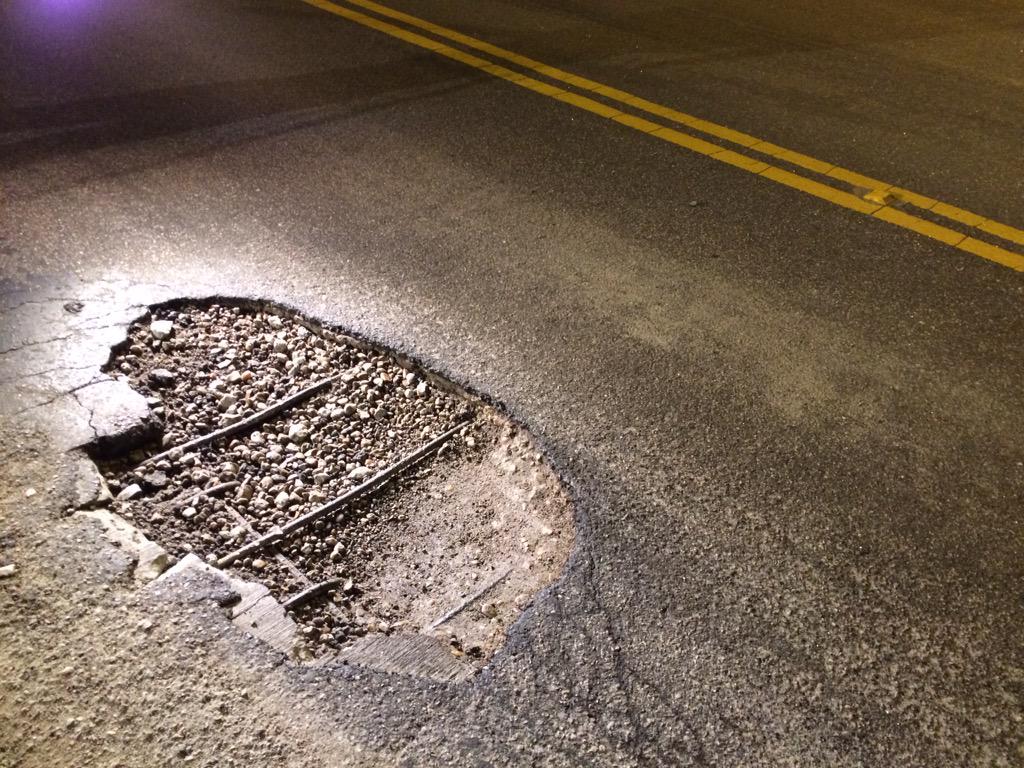

Infrastructure Decline and Dystopian Societies
Human Cost Rises as Old Bridges, Dams and Roads Go Unrepaired https://t.co/APsnu8E0UE
— Dr.Steven D.Sanders (@DocEngineering) November 7, 2015
Ben Carson on Advannced Engineering
 From VOX:
From VOX:"Carson also argued that the advanced engineering the pyramids required can be explained by divine intervention. "And various [sic] of scientists have said, 'Well, you know there were alien beings that came down and they have special knowledge and that's how' — you know, it doesn't require an alien being when God is with you." (For the record, scientists do not believe that aliens taught the Egyptians how to build the pyramids.)"
Friday, November 6, 2015
Engineering Generational Housing
Dorms for Grownups: A Solution for Lonely Millennials? https://t.co/2aaCroS5Md
— Dr.Steven D.Sanders (@DocEngineering) November 7, 2015
Toyota's Push Into AI
Toyota Invests $1 Billion in Artificial Intelligence in U.S. https://t.co/9eNnt6J1ij
— Dr.Steven D.Sanders (@DocEngineering) November 6, 2015
Thursday, November 5, 2015
Thinking About IRR
A better way to understand internal rate of return https://t.co/MCymJLAXX7 via @sharethis
— Dr.Steven D.Sanders (@DocEngineering) November 5, 2015
Wednesday, November 4, 2015
Climate Change Realities and Engineering Climate Change Resiliency
The Tough Realities of the Paris Climate Talks https://t.co/N09NtnhxGF
— Dr.Steven D.Sanders (@DocEngineering) November 4, 2015
Tuesday, November 3, 2015
Green and Decentralized
Arup | Thoughts | Are foul sewerage systems sustainable? https://t.co/rfXlrZtsd0
— Dr.Steven D.Sanders (@DocEngineering) November 3, 2015
A Paragraph to Ponder
From Meetings of the Minds:
"The first-in-the-nation competition harnesses value embedded in the utility platform and enables greater adoption of new energy solutions customers want. Strengthening and modernizing the State’s electric grid not by government handouts to utilities, but by empowering communities and third parties to integrate microgrids and put forth new business models that serve critical infrastructure, and have the ability to delight and surprise customers with new energy products and services that improve their quality of life. Microgrids are localized and optimized grids that can disconnect from the traditional electric grid to operate autonomously and fill critical infrastructure and service needs in the event of an emergency. They also operate during normal, ‘blue-sky’ days and can help defer costly infrastructure investments that would lead to higher bills for customers. These systems can be thought of as ‘the brains’ of any distributed energy resource, like solar or storage; they have a variety of options to “share” their services with the grid – such as by participating in demand response programs or by providing ancillary services (such as voltage control or regulation) by selling generated excess power back to the grid."
"The first-in-the-nation competition harnesses value embedded in the utility platform and enables greater adoption of new energy solutions customers want. Strengthening and modernizing the State’s electric grid not by government handouts to utilities, but by empowering communities and third parties to integrate microgrids and put forth new business models that serve critical infrastructure, and have the ability to delight and surprise customers with new energy products and services that improve their quality of life. Microgrids are localized and optimized grids that can disconnect from the traditional electric grid to operate autonomously and fill critical infrastructure and service needs in the event of an emergency. They also operate during normal, ‘blue-sky’ days and can help defer costly infrastructure investments that would lead to higher bills for customers. These systems can be thought of as ‘the brains’ of any distributed energy resource, like solar or storage; they have a variety of options to “share” their services with the grid – such as by participating in demand response programs or by providing ancillary services (such as voltage control or regulation) by selling generated excess power back to the grid."
Monday, November 2, 2015
Engineering and Warm Water
The Pacific Ocean Becomes a Caldron https://t.co/Fqcy5dhgx2
— Dr.Steven D.Sanders (@DocEngineering) November 3, 2015
Stopping Terror Attacks
How the NYPD Stops Terror Attacks https://t.co/NRD4bmOsqD via @thedailybeast
— Dr.Steven D.Sanders (@DocEngineering) November 3, 2015
Speaking Less / Saying More
Brevity: 3 tips for speaking less and saying more https://t.co/gjsAHog9yV via @techrepublic
— Dr.Steven D.Sanders (@DocEngineering) November 2, 2015
Disaster Planning and Loving Your City
Too Much City Pride Makes Us Poor Disaster Planners https://t.co/Mr5ipNGZpB
— Dr.Steven D.Sanders (@DocEngineering) November 2, 2015
Sunday, November 1, 2015
Key Ingredients of Entrepreneurship at Stanford
From the current issue of The Chronicle of Higher Education - Inside Startup U: How Stanford Develops Entrepreneurial Students:
- Networking and collaboration across disciplines and schools. Embodied best by the Hasso- Plattner Institute of Design, programs and courses that cross disciplines are support by the university. About one-quarter of students purse interdisciplinary majors.
- Close connections to industry. Local leaders play an active role on campus, serving as instructors and mentors to students, and as collaborators with faculty members. Stanford offers professors a two-year leave for opportunities to work in industry.
- Classes, centers, and organizations that focus on innovation. Students can choose among dozens of offerings, both academic and applied, that build entrepreneurial skills.
- A robust liberal-arts environment. As enrollments in engineering have grown, Stanford has sought to bolster and humanities and social sciences, too, including by creating programs such as CS+X, a joint major in computer science and a humanities field.
- Support for commercialization of research and ideas. Established entities, like the Office of Technology Licensing, and newer ones, like StartX, a nonprofit, Stanford-affiliated business accelerator, offer faculty members, students, and alumni help with the technical and development sides of entrepreneurship.
Subscribe to:
Posts (Atom)


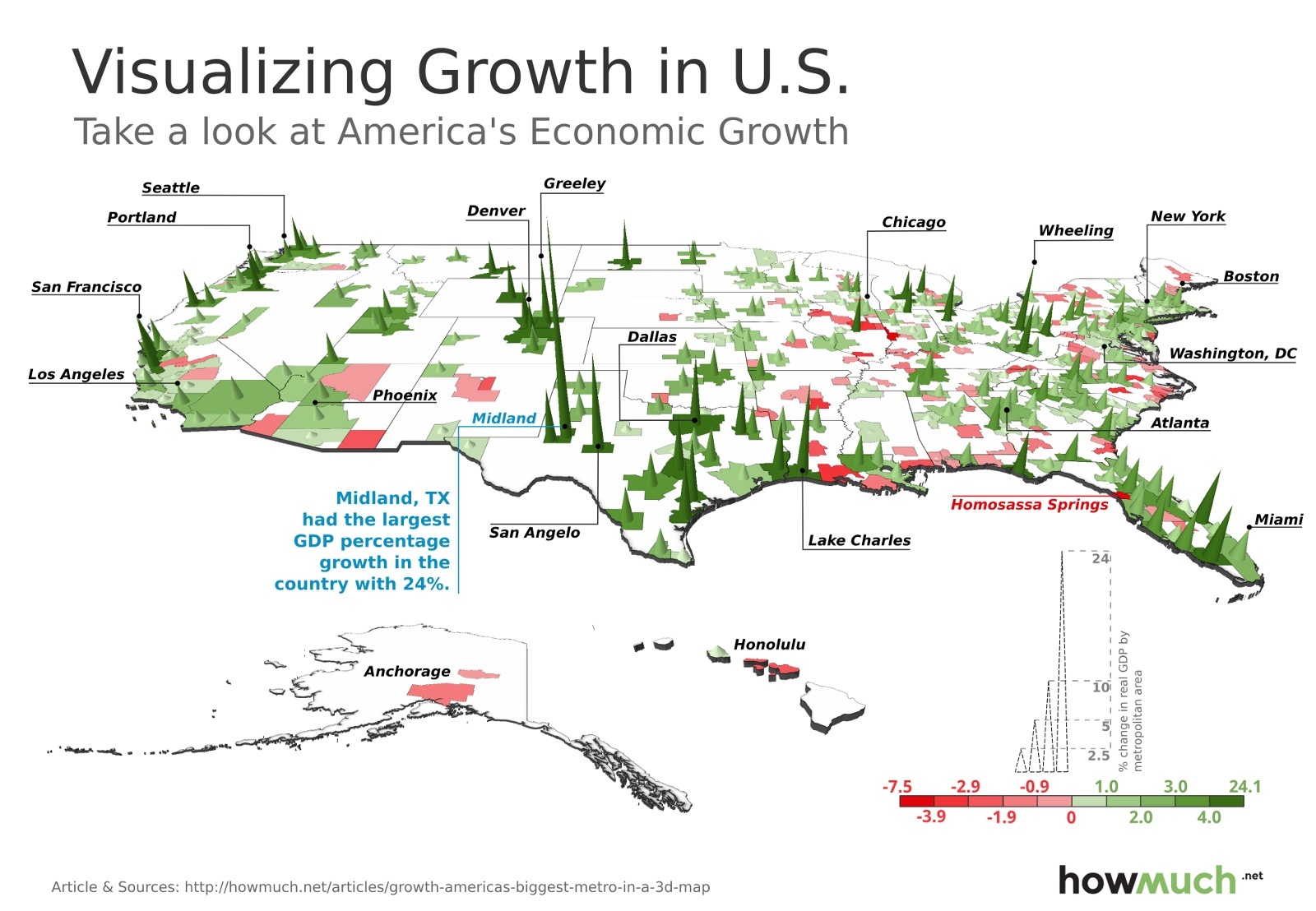



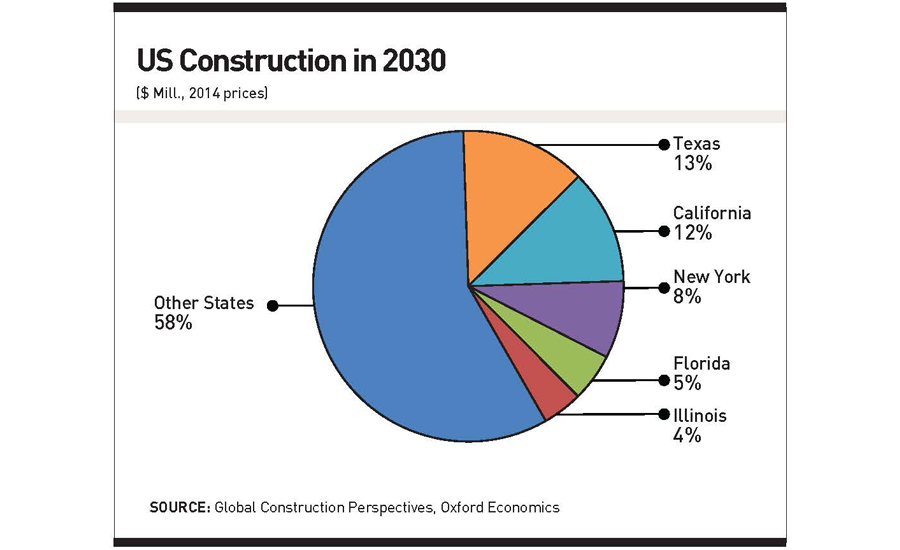
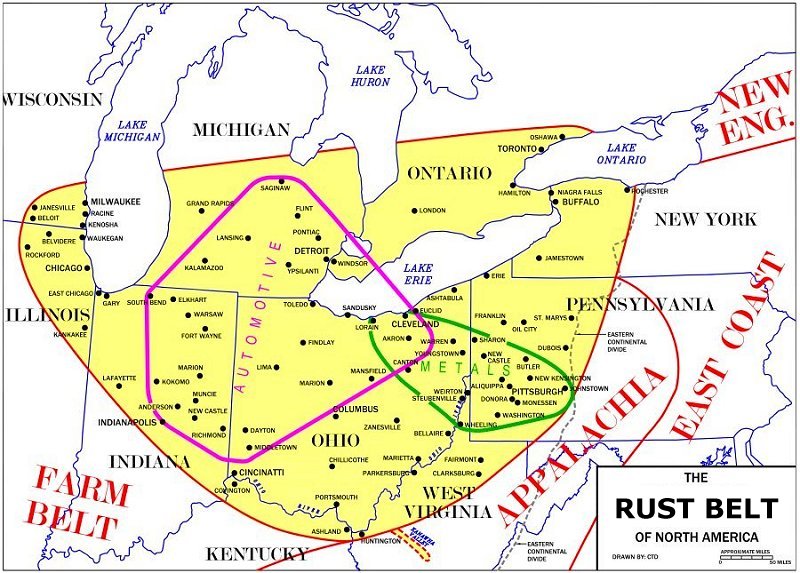
/cdn0.vox-cdn.com/uploads/chorus_asset/file/4259369/GOP-Candidates-Tax-Plans-FINAL.png)
